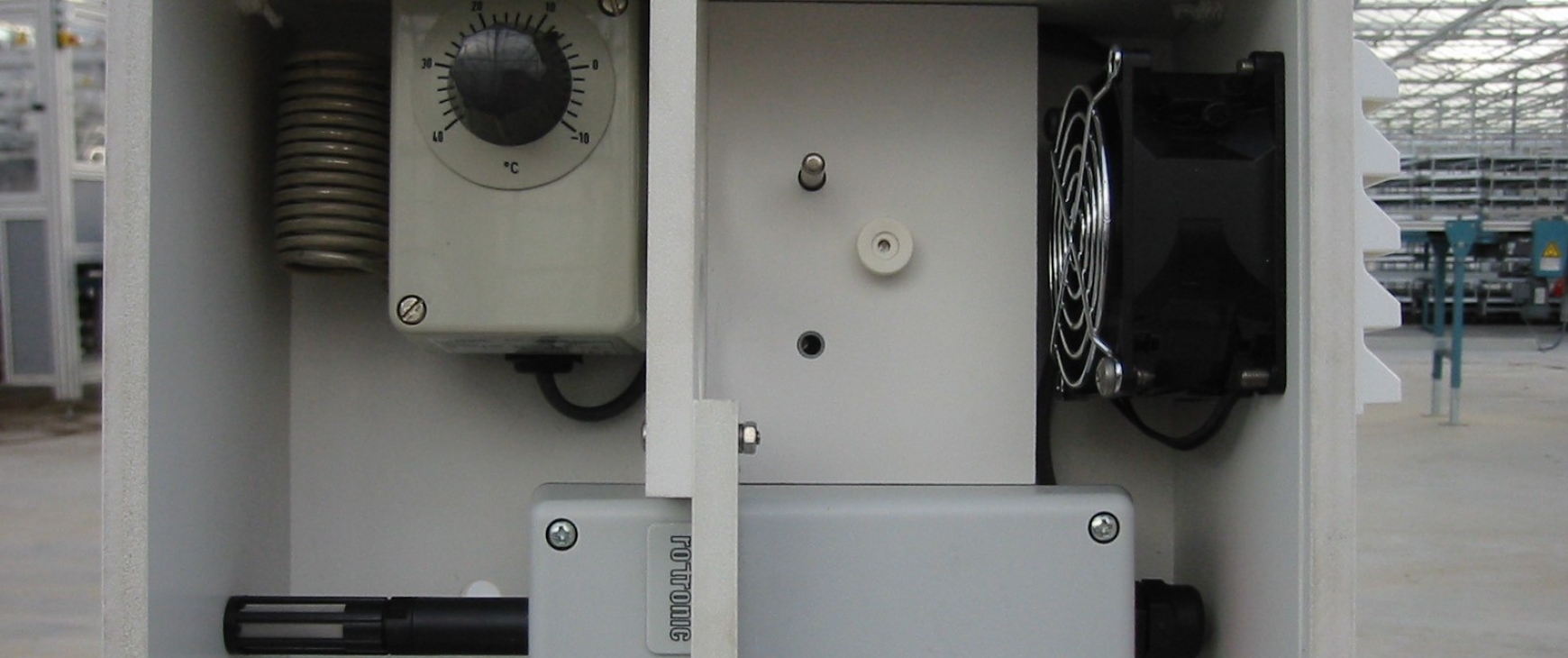‘Big Data’ is a hot topic these days, and it seems, can be applied to any industry. Big Data works on the principle that the more you know about a situation, the more reliably you can gain new insights and make predictions about what will happen in the future. By comparing more data points, relationships begin to emerge that were previously hidden, and these relationships enable us to learn and make smarter decisions. Horticulture is a prime candidate to make use of a data-driven approach, potentially allowing more targeted growing practices than previously possible.
Data collection doesn’t come cheap though, often requiring multiple sensors, a climate computer or other hardware to handle the incoming signals, and some clever software platform to allow meaningful analysis of the data. With a lot of manufacturers developing their own proprietary systems, it can mean that one site has multiple platforms to monitor, each with its own monthly charges. An overview of the whole system usually requires a third party platform (another expense) to aggregate the data from the various sources. While the move towards wireless sensors and cloud-based platforms, allowing data to be viewed from anywhere in the world, is surely an advancement, it is only worth investing in if it can be used for significant improvement.
Ultimately, the aim should be to use the available data to help improve crop quality, increase yield, reduce input costs (e.g. energy, water, fertilizer) and to increase profit margins. Such analysis is prime for automation, meaning reduced workload for growers. It can also be part of the bigger picture: visibility of data from the whole supply chain could help growers to better understand the status of the market at any moment in time, allowing them to adjust strategy accordingly.
Relatively speaking, the use of so much technology in horticulture is still a new development, compared with traditional methods. That’s not to say substantial advancement hasn’t been made through the labours of previous generations, as it certainly has, but a holistic approach of data collection could see the use of statistical analysis to highlight which methods are actually beneficial and which are less effective. Therefore, a worthwhile aim would be to use the data to maximise the increase in profits with a minimum increase in labour and financial cost.


